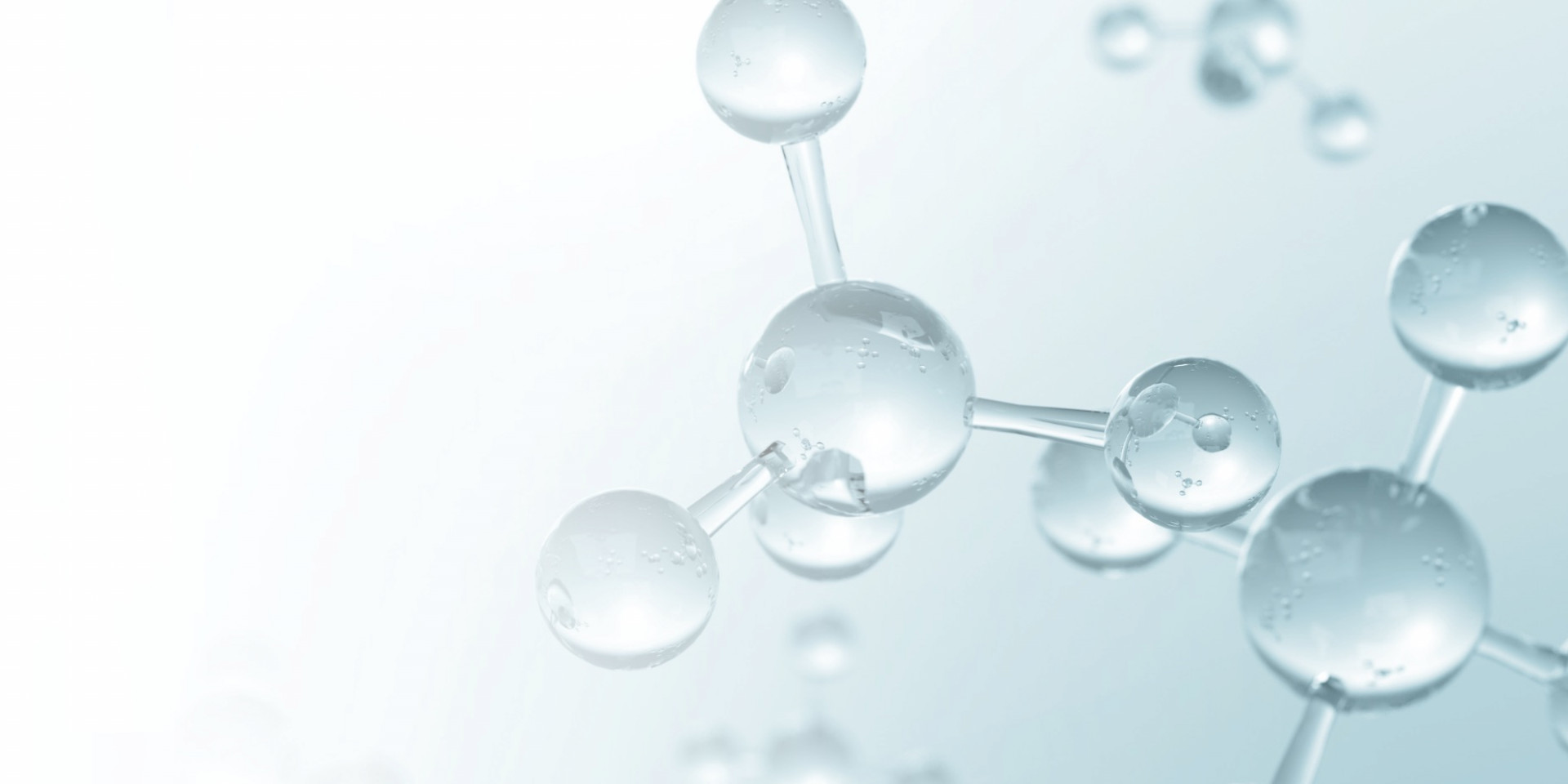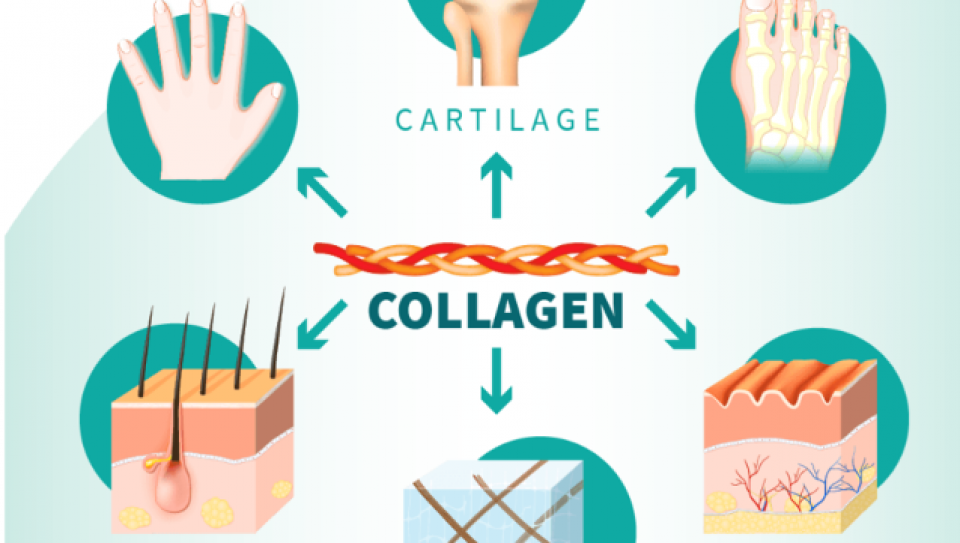
BIOMEDICAL RESEARCH NEWS, AND ARTICLES
Insight - Choice of animal tissue sources for collagen extraction

Collagen type I is the most abundant protein in the human body (found mainly in skin, bones and connective tissues) and is extensively used in biomedical applications such as wound healing, tissue engineering, regenerative medicine, cosmeceuticals and pharmaceuticals1. To meet the growing demand, collagen Type I producers have been isolating the protein using various extraction techniques2 from animals such as cows, pigs, fish, chicken and rats, with bovine, porcine and marine making up the majority of the commercially available collagen.
Bovine Collagen
- Mainly extracted from skin and bones
- Extraction methods employed can preserve the form and functionality of the native protein however bovine collagen preparations are often of lower purity, containing peptide fragments as well as non-Type I collagen byproducts
- Significant risk for transmission of infectious diseases such as Bovine Spongiform Encephalopathy (BSE) and Foot-and-Mouth Disease1
Marine Collagen
- Extracted from scales and bones of various fish3
- Collagen extracted is usually in a hydrolyzed form that lacks the spatial complexity of the native collagen and limits its applications and its suitability for medical application
- It is widely used in the cosmetics industry but significantly less for research and clinical usage1
Porcine Collagen from Promed Bioscience
- Collagen extracted from porcine tissues with negligible BSE risk and from veterinary-controlled herds
- Extraction process utilizes collagen-rich tissues such as tendons (no skin or bone tissue) that results in highly pure Type I collagen product
- Proprietary extraction methods leading to superior yields of Type I atelocollagen and telocollagen forms that maintain the triple helical structure and fibrillar nature of the native collagen protein
- Enzyme treatment and dialysis purification lead to highly purified atelocollagen products through the complete removal of degradation byproducts and impurities
- Porcine atelocollagen products exhibit enhanced biocompatibility and low antigenicity (less allergenic)
The aforementioned are only a few of the reasons behind Promed Bioscience’s decision to utilize porcine tissue as its source of collagen. Undeniably porcine collagen type I is a uniquely versatile biomaterial and if extracted under the most stringent conditions using highly scientific techniques it can be formulated to satisfy the most demanding biomedical applications on the market.
References
[1] S. R. Chowdhury, M. F. M. Busra, Y. Lokanathan, M. H. Ng, J. X. Law, U. C. Cletus, and R. B. H. Idrus (2018). Collagen Type I: A Versatile Biomaterial. Novel Biomaterials for Regenerative Medicine, Advances in Experimental Medicine and Biology 1077.
[2] K. S. Silvipriya, K. Krishna Kumar*, A. R. Bhat, B. Dinesh Kumar, Anish John, Panayappan Lakshmanan (2015) Collagen: Animal Sources and Biomedical Application. Journal of Applied Pharmaceutical Science Vol. 5 (03), pp. 123-127.
[3] Silva, T., Moreira-Silva, J., Marques, A., Domingues, A., Bayon, Y., & Reis, R. (2014). Marine Origin Collagens and Its Potential Applications. Marine Drugs, 12(12), 5881–5901. doi:10.3390/md12125881